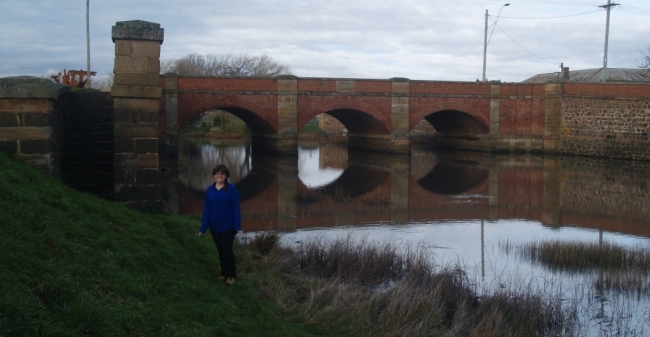
Rocky Hills Ruins
Hi guys, I’ve finished my placement and have had an absolutely amazing time working with Heritage Tasmania during their re-evaluation of heritage listed sites.
One of the sites that I worked on during the re-evaluation was known as Rocky Hills Probation Station, a station that was set up during the 1840s and followed the, unique to Tasmania, probation system.
I began to work on this listing by researching the probation system and the history behind probation stations in Tasmania. This required reading previous reports on the station and examining surveyor and satellite maps of the site.
An issue with this information was that some of the data was not included and resulted in the assumption that there would be limited archaeological potential at the site, which we later learned was an incorrect assumption.
When we arrived on site we were given a tour of the site by one of the land owners. We spent most of the day at this site and as a result we were unable to visit the other properties that also contained the remains of the Rocky Hills Probation Station. At the end of the day another trip was planned, which I was unable to take part in due to my placement finishing.
I found that this trip to Rocky Hills, and this practicum overall, was a learning experience that I would recommend to anyone who has the opportunity!









